Home Remedies For Corns And Calluses: 19 Fast Relief Tips
Get rid of the thick layers of skin on hands and feet with natural cures and treatments.

Image: shutter stock
Corns on the hands and feet are common in people who are physically active. Corns and calluses, while not hazardous, are common foot problems and can make life difficult. Furthermore, these thickened skin layers might significantly mar the appearance of your hands and feet.
Fortunately, there are a number of home treatments for corns and calluses that can help you relieve the pain and get rid of them. But first, let’s take a look at what corns and calluses are before we get into the home remedies. This will help you learn how they form and what you can do to prevent them from forming again. In this article, we have discussed corns and calluses and everything about them. Keep reading to know more!
 Fun Fact
Fun FactIn This Article
What Are Corns And Calluses?
When the skin experiences excessive and regular pressure, it thickens in response to this pressure. This small area of the skin that thickens is called a corn. Corns are usually round and can be painful. When the corn is exposed to moisture (from sweat), it is soft to touch. Such corns are seen in between the fourth and fifth toes on the feet, and they can easily get infected. A harder corn is seen on the outer and upper parts of the toes and fingers (1).
Calluses, on the other hand, are larger than corns and don’t have a properly defined outline. These are usually formed on the sole, i.e. the underside of your feet. When you walk, this part of your feet is under the pressure of your body weight. As a result, calluses can form and can or cannot be painful (1).Calluses can also form in the hands of laborers who handle hard-surfaced, heavy instruments.
Now that you know what corns and calluses are, explore the common causes behind their development in the next section.
Key Takeaways
- Massage the affected area with coconut oil thrice a day to help improve corns and calluses.
- Apply a slice of lemon on the corn as its acidic content can help you to get rid of them in a few days.
- Apply a thin layer of salicylic acid to increase the moisture in that area and dissolve the corn.
- You can also gently rub a pumice stone over the corn and calluses for a few minutes daily so that the corn heals faster.
What Are The Causes Of Corns And Calluses
There are many reasons for developing corns and calluses on your hands or feet. Usually, they form due to pressure on the skin’s surface. Corns are more prevalent on the feet than hands, and often develop due to incorrect footwear.
Some of the causes of corns include:
- Wearing Footwear Without Socks: If you have a habit of wearing sandals or shoes without socks, it’s time to change that. Socks protect your skin from the rough and firm materials that sandals and shoes are made from, preventing friction and thus corns.
- Badly Fitting Shoes: If your shoes are too tight, they will exert pressure on certain parts of your feet, leading to the development of corns. On the other hand, if your shoes are loose, your feet will move around inside the shoes, causing friction. High heels are a major cause of corns among women as they exert uneven pressure on the feet
- Manual Labor: If you use hand tools or lift heavy materials regularly, there is a higher risk of developing corns on your hands due to friction.
- Participating In Athletic Events: If you regularly participate in athletic events, you may develop corns due to excessive pressure on certain parts of your feet as well as hands.
- Abnormal Structure Of Bones: If you have an abnormal bone structure, it can cause pressure or friction when wearing shoes, resulting in corns.
- Imperfect Functioning Of The Feet: Certain health conditions, such as scoliosis, result in the flawed working of the feet, causing uneven distribution of weight. This can lead to the development of corns.
With the causes in mind, examine the specific signs and symptoms associated with corns and calluses in the following section. Keep reading!
Signs And Symptoms Of Corns And Calluses
If you notice small, hard, and thick areas on, around, or between your toes, they may be corns. If the corn occurs on a nerve or exerts pressure on the surrounding nerves, you will also experience pain. Some of the symptoms of corns include:
- Hard rough areas on the skin
- Tenderness under the skin
- Dry or waxy skin
- Elevated, thick bumps on your skin
Corns usually have a firm, hard center and can be painful. If you are diabetic or experience pain, it is best to consult a doctor rather than opting for home remedies. You may require specialized treatment.
Recognizing the symptoms of corns and calluses is the first step toward finding practical home remedies to manage them. Scroll down to know more.
Home Remedies For Corns And Calluses
Want to learn how to make your feet soft? Listed below are some home remedies to remove corns and calluses from feet. It is best to use multiple remedies simultaneously if you want to get rid of them quickly.
1. Castor Oil
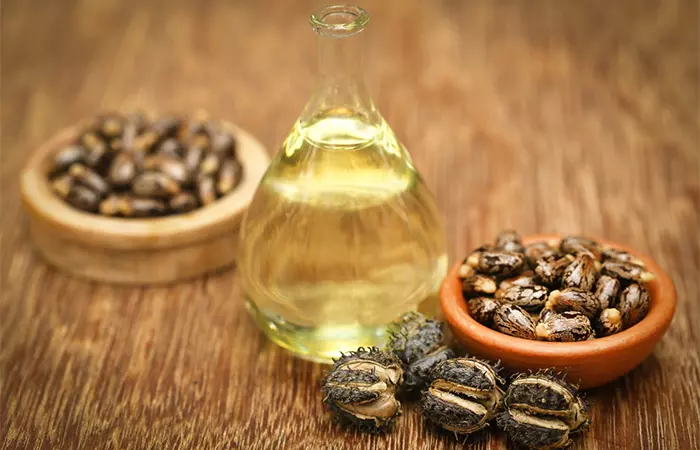
You Will Need
Castor oil
What You Have To Do
Apply castor oil on the corn thrice a day.
How Often Should You Do This
Repeat this every day until the corn disappears.
Why This Works
This home remedy has been used for centuries. The oil softens the corn and makes it disappear eventually (2). This method to treat corns is one of the best home remedies as it is quick. You will notice results in just three to four days.
Caution
Do not apply castor oil on broken skin.
2. Salicylic Acid
You Will Need
- Salicylic acid liquid/gel
- Pumice stone
- Warm water
What You Have To Do
- Soak the affected area in warm water for five minutes.
- Pat dry and carefully rub a pumice stone over the corn/callus to remove the top dead layers of skin.
- Apply a thin layer of the salicylic acid liquid only on the affected area and leave it on for five minutes.
- Rinse the area with clean water.
How Often Should You Do This
Repeat this once or twice a day for about two weeks.
Why This Works
Salicylic acid breaks the bond between the skin cells that have accumulated at the site of the corn or callus.
It slowly starts to dissolve the corn by increasing the amount of moisture in that area (3).
3. Pumice Stone
You Will Need
- Warm water
- Pumice stone
What You Have To Do
- Soak the feet or hands that have corns and/or calluses in warm water for five to seven minutes.
- Gently rub the pumice stone over the corns and calluses for two to three minutes.
How Often Should You Do This
Do this every day so that the corn heals faster.
Why This Works
As corn is dead skin, it is best to try and remove it by rubbing the affected part of your foot or hand with a pumice stone. Keep trimming and filing your nails to keep your feet clean and tidy to avoid the growth of bacteria and fungi. You can indulge yourself and get a pedicure once a month to get rid of dead skin cells and properly moisturize your feet.
Filipa, a blogger and a kendoka, shares how she deals with blisters and calluses that commonly occur due to Kendo practice. She likes to soak her feet and massage it with pumice stone. She writes, “I do this routine once a week and, also, put baby oil everyday after bath and moisturizing cream before going to bed (i).”
 Trivia
Trivia4. Apple Cider Vinegar
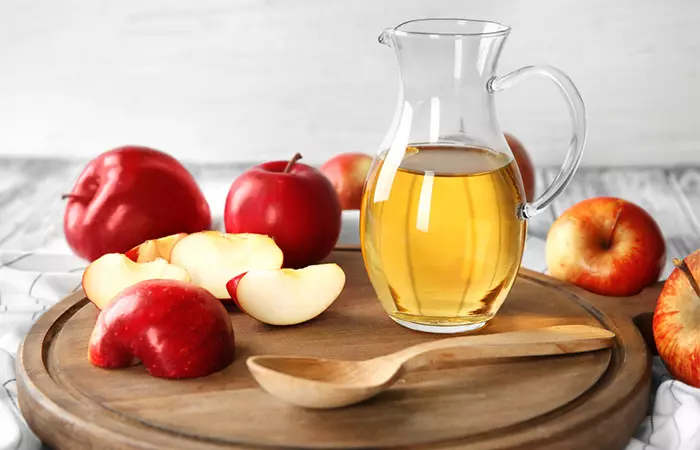
ou Will Need
- Warm water
- 1 tablespoon apple cider vinegar
- 1-2 drops tea tree oil
- Cotton ball
What You Have To Do
- After soaking your feet in a warm water bath for a few minutes, apply apple cider vinegar on the corn using a cotton ball.
- Keep the cotton ball firmly pressed against the corn for about five minutes.
- Let the vinegar dry. Then, apply tea tree oil on the corn. Do not rinse.
How Often Should You Do This
Use this home remedy for foot corns every day and you will notice that the corn will come off in two to three days.
Why This Works
Apple cider vinegar exfoliates the dead skin on your feet and softens the corns and calluses. It is also antibacterial in nature and will kill any bacteria that may be lurking around near the affected area (4).
5. Epsom Salt Foot Soak
You Will Need
- 1 cup Epsom salt
- Warm water
- Small basin
- Pumice stone or callus file
What You Have To Do
- Add the Epsom salt to the warm water in the basin and soak your feet in it for 10 to 15 minutes.
- Once the skin has softened, use the callus file or pumice stone to rub off the dead layers of skin present on top of the affected area.
How Often Should You Do This
Do this daily after your shower for a few days.
Why This Works
Epsom salt is commonly used as an exfolianti A product in the form of a soap, a chemical peel, or a scrub that helps remove layers of dead skin. .
It also soothes the skin and relieves pain. Its antibacterial properties are an added benefit (5).
6. Baking Soda
You Will Need
- 1 tablespoon baking soda
- 1 tablespoon water
- 1 teaspoon lime juice (optional)
What You Have To Do
- Mix the baking soda with water (and lime juice) to form a paste.
- Apply this paste on the corn or callus.
- Leave it on overnight.
If you are using this paste on your toes, place cotton balls between your toes to keep them separated.
How Often Should You Do This
Do this every night for five to seven days. It will help the corn to dry and flake.
Why This Works
Like Epsom salt, baking soda also exfoliates the dead skin cells from the corn and callus (6). It is an antiseptic and will keep the area infection-free (7).
Caution
Ensure that the paste should not touch any other part of your skin. Otherwise, it will dry up your healthy skin.
7. Garlic
You Will Need
- A garlic clove
- Crepe bandage
What You Have To Do
- Cut the clove of garlic in half. Rub one half on the corn for about a minute.
- Place the other half of the garlic clove on the corn and cover it with the crepe bandage.
- The following morning, wash the area as you normally do.
How Often Should You Do This
Do this every night. Within a few days, your corn will disappear.
Why This Works
Garlic is used as a home remedy for a number of ailments, including corns. This is one of the most effective home remedies to remove corns that can be best used at nights. A recent clinical trial showed that garlic causes effective removal of the corn tissue from the body (8).
8. Turpentine Oil
You Will Need
- Turpentine oil
- Clean cloth
- Ice cube
What You Have To Do
- Rub the ice on the corn for two to three minutes.
- Soak the cloth in turpentine and wrap it around the corn for a couple of minutes.
How Often Should You Do This
Do this several times a day. Eventually, the corn will dry up and flake off.
Why This Works
Use rectified turpentine oil for this particular home remedy. This oil is a rubefacient, i.e., it increases the blood circulation. It also soothes the skin and reduces irritation (9).
9. Papaya
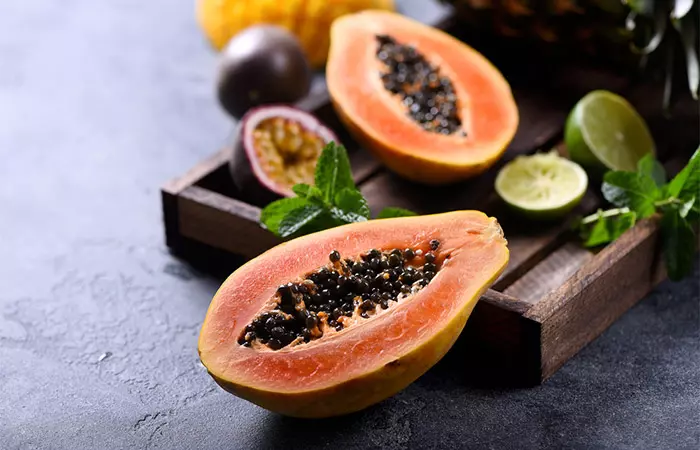
You Will Need
Papaya
What You Have To Do
Apply a small piece of papaya on the affected area and leave it overnight. If you find it difficult to apply the piece of papaya, you can dab fresh papaya juice on the corn.
How Often Should You Do This
Repeat every night until the corn falls off.
Why This Works
Papaya has long been known for its healing properties. It also has the ability to slough off skin. This is due to the enzyme papain that is found in papaya (10). So, it makes perfect sense to use it on the corn.
10. Licorice
you Will Need
- 4 licorice sticks
- Mustard oil
What You Have To Do
- Take the licorice sticks and make a paste using some mustard oil.
- Apply it on the corn just before retiring to bed.
- The following morning, use warm water to wash off the paste.
How Often Should You Do This
Do this every night for a few days to remove calluses and foot corns.
Why This Works
Licorice
is known to have healing properties. Its anti-inflammatory and antimicrobial attributes prove to be beneficial in treating corns and calluses (11, 12).
11. Turmeric
You Will Need
- 1 tablespoon turmeric powder
- 1-1 1/2 tablespoons honey
What You Have To Do
- Make a thick paste of turmeric powder and honey.
- Apply it on the corn and let the paste air dry. Rinse once it has dried.
How Often Should You Do This
Apply this paste twice a day. You will notice the corn reducing in size in about two to three days.
Why This Works
This is an Asian home remedy to heal corns and can be quite effective. Turmeric’s healing and antimicrobial properties, along with the soothing properties of honey, will heal the corn in just a few days (13, 14).
12. Pineapple

You Will Need
- Pineapple
- Bandage
What You Have To Do
- Take a piece of the pineapple and place it overnight on the corn.
- Use the bandage to secure it in place.
How Often Should You Do This
Do this every night. You will notice the corn disappearing in a week or so.
Why This Works
This tropical fruit can prove to be an effective home remedy for corns on feet. Not only will it help to alleviate the pain, but will also hasten the healing. The enzyme bromelain present in pineapple will dissolve the corn/callus (15).
13. Vitamin E
You Will Need
- Vitamin E capsule
- A cotton sock
- A needle
What You Have To Do
- Carefully make a hole in the vitamin E capsule using the needle.
- Rub the oil present in the capsule on the corn.
- Let it get absorbed for a few minutes. Then, cover the foot with the sock.
How Often Should You Do This
Repeat this every night before going to bed until the corn naturally heals.
Why This Works
The oil softens the corn and aids in its fast removal (16).
14. Aspirin
You Will Need
- A few aspirin tablets
- Water
- Gauzei An extremely thin cloth that is used to cover a cut or a wound. It is usually made from cotton or silk. or bandage
- Pumice stone
What You Have To Do
- Crush the aspirins and make a thick paste with a few drops of water.
- Apply the paste on the corn and seal it with a gauze or a bandage. Leave it overnight.
- Scrub the affected area with the pumice stone in the morning.
How Often Should You Do This
Repeat the process every day until the corn disappears. You should see results in about two weeks.
Why This Works
Besides curing headaches, aspirin can also help in removing painful corns and calluses. This home remedy is a simple corn and callus softening agent (17). The salicylic acid present in aspirin will dissolve the corns and calluses easily (3).
Caution
Do not use this remedy if you are allergic to aspirin.
15. Lemon
You Will Need
- A lemon slice
- Bandage
What You Have To Do
- Apply the slice of lemon on the corn and secure it with a bandage.
- Leave it on overnight.
How Often Should You Do This
Continue the application of lemon until there is no trace of the corn.
Why This Works
The acidity of lemon is a great home remedy to get rid of corns. It helps to alleviate the discomfort, and you will also notice the corn reducing in size in a few days (18).
16. Onion
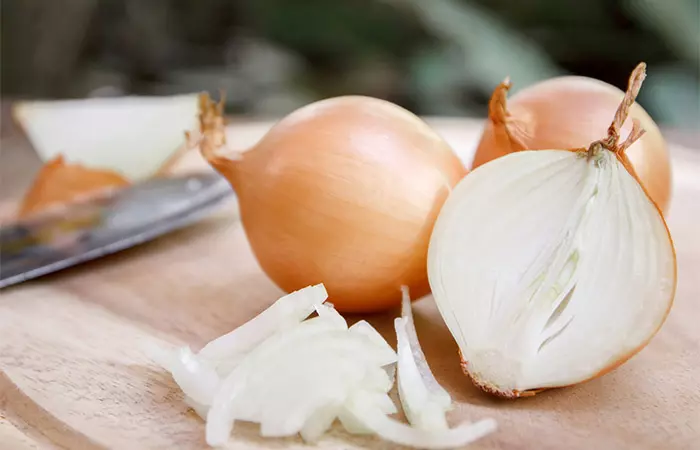
You Will Need
- Onion slice
- Gauze
What You Have To Do
- Place a slice of onion on the corn and secure it with the help of a gauze.
- Leave the onion slice overnight and discard it the following morning.
How Often Should You Do This
Do this every day and you will notice results in a week’s time.
Why This Works
Onion is a simple home remedy
to treat calluses and corns. Its antioxidants enhance the healing process of these annoying growths on the skin (19). It has been shown to reduce the appearance of scars on the skin, and this property will be beneficial when the callus or corn has healed (20). It will ensure that no marks or scars are left behind.
17. Bread
You Will Need
- A piece of bread
- White vinegar
- Gauze
What You Have To Do
- Soak the bread in the vinegar and place it on the affected area.
- Secure it with the gauze. You can also cover with a plastic wrap.
- Leave it on overnight.
How Often Should You Do This
You will notice a substantial difference in the corn or callus by the morning. Repeat this for a night or two more to completely remove the corn.
Why This Works
The vinegar in the bread softens the calluses and corns, and they can be simply rubbed off in the morning (21).
18. Coconut Oil
You Will Need
Coconut oil
What You Have To Do
Apply it on the affected area, ensuring that you massage it well into your skin.
How Often Should You Do This
Reapply thrice a day.
Why This Works
Coconut oil is a wonderful skin moisturizer
(22). Once your skin turns supple and soft, it will be easy to remove the corn with a pumice stone.
19. Oatmeal Soak
You Will Need
- 1/2 cup oatmeal
- Water
What You Have To Do
- Boil the oatmeal in plain water for about five minutes.
- Strain and apply the boiled oatmeal on the corn.
- Leave it on for 10 to 15 minutes before rinsing it off.
How Often Should You Do This
Repeat this twice a day.
Why This Works
We all know that oatmeal works as an excellent exfoliating agent and can be soothing for the skin (23). So, using it to treat the corn should produce desirable results.
Caution
Make sure it is not too hot or you may end up scalding your skin.
However, home remedies may prove time-consuming and ineffective should the condition aggravate. Such situations call for professional treatment measures as discussed below.
Treatment Options For Corns And Calluses
Visit your healthcare provider immediately should the condition worsen. They may prescribe any of these common treatment methods.
- Salicylic Acid: Over-the-counter medicated patches containing 40% salicylic acid may alleviate the symptoms. You can also apply this compound as a liquid or gel to cover larger areas. Exfoliate the skin with a nail file or pumice stone before applying it.
- Trimming: Your healthcare professional may trim away a large corn or the excess skin over and around it with a scalpel.
- Orthotics: These are customized shoe inserts that you can use under medical guidance to counter any possible foot deformity.
- Surgery: Surgical intervention would be warranted if the condition results from a wrongly aligned bone that causes friction.
Don’t let hardened corns and calluses mar the beauty of your feet. Take care of them with some homemade foot soak recipes that keep the skin soft and supple. You can also follow some effective tips to prevent corns and calluses from occuring in the first place. Learn more about them in the next section.
Prevention Tips
Follow these tips to prevent corns and calluses from forming on your feet:
- Buy well-fitted footwear that does not put excess pressure on any part of your feet or cause blisters. An insole made of micro-cellulari rubber (MCR) would be especially beneficial if you get frequent corns. Orthotics is another alternative that you can use to relieve pressure and pain.
- Avoid shoes that have pointed toes or high heels if you are prone to getting corns and calluses.
- Discard old shoes from time to time.
- Use protective covering, such as pads, on areas on the foot where corns and calluses are likely to form.
- For hands, use padded gloves while handling tools.
- Make it a point to wash your feet and hands with soap and water every evening.
These measures will prevent the recurrence of corns and calluses.
Infographic: 6 Things To Remember Before Using Salicylic Acid For Corns And Calluses
Corns and calluses can be treated at home with natural remedies, over-the-counter drugs, or prescription drugs. The most commonly used substance is salicylic acid, which helps dissolve the hard skin surrounding corns and calluses. Check out the infographic below for some important points that you need to keep in mind before you use this beta hydroxy acid on your skin.
Some thing wrong with infographic shortcode. please verify shortcode syntax
Corns and calluses are formed when the skin thickens in response to excessive and regular pressure. Corns can be distinguished from calluses by their small, round shape and the accompanying pain that may or may not accompany calluses, which form in undefined shapes. You can use natural and home remedies to effectively remove corns and calluses from the soles of your feet, toes, or fingers. Some of the most popular and common options include castor oil, pumice stone, apple cider vinegar, salicylic acid, baking soda, Epsom salt, papaya, lemon, coconut oil, pineapple, coconut oil, garlic, and oatmeal soaks. You can also use urea cream as an effective callus remover with moisturizing properties for soft and supple feet. If the remedies don’t bring you relief or if you are experiencing severe pain, consult a podiatristi A doctor that treats diseases or ailments associated with your feet and ankle. Also known as a chiropodist. for surgical removal of the corn and medical treatment for the calluses.
Here are a few frequently asked questions regarding corns and calluses.
Frequently Asked Questions
Are Corns And Calluses The Same Thing?
No, they are not. Calluses are larger in size than corns and are found in areas on the foot that bear the weight of the body. Corns also have a hardened center, which is not seen in calluses.
When Should I See A Podiatrist About It?
If you are experiencing a lot of pain and discomfort because of the corn or callus, it is recommended to visit your podiatrist so that he/she can surgically remove the corn.
Does removing a corn leave a hole?
Possibly. Once the hard center part of the corn is removed (also known as enucleation), you may notice a dimple-like impression on the affected tissue.
Do foot corns have roots?
No. Foot corns have a hardened center but no roots.
Do corns grow back after removal?
Yes. If the affected area is continually exposed to irritation, pressure, or friction, you may experience corns again.
How to remove corns on feet overnight?
It is not recommended to try removing corn overnight or fast, as it can lead to injuries and infections. However, you can try using a pumice stone gently buff away the dead skin around the corn that may lower the pain and put less pressure.
Illustration: Best Home Remedies For Corns And Calluses, FAQs, & Caution
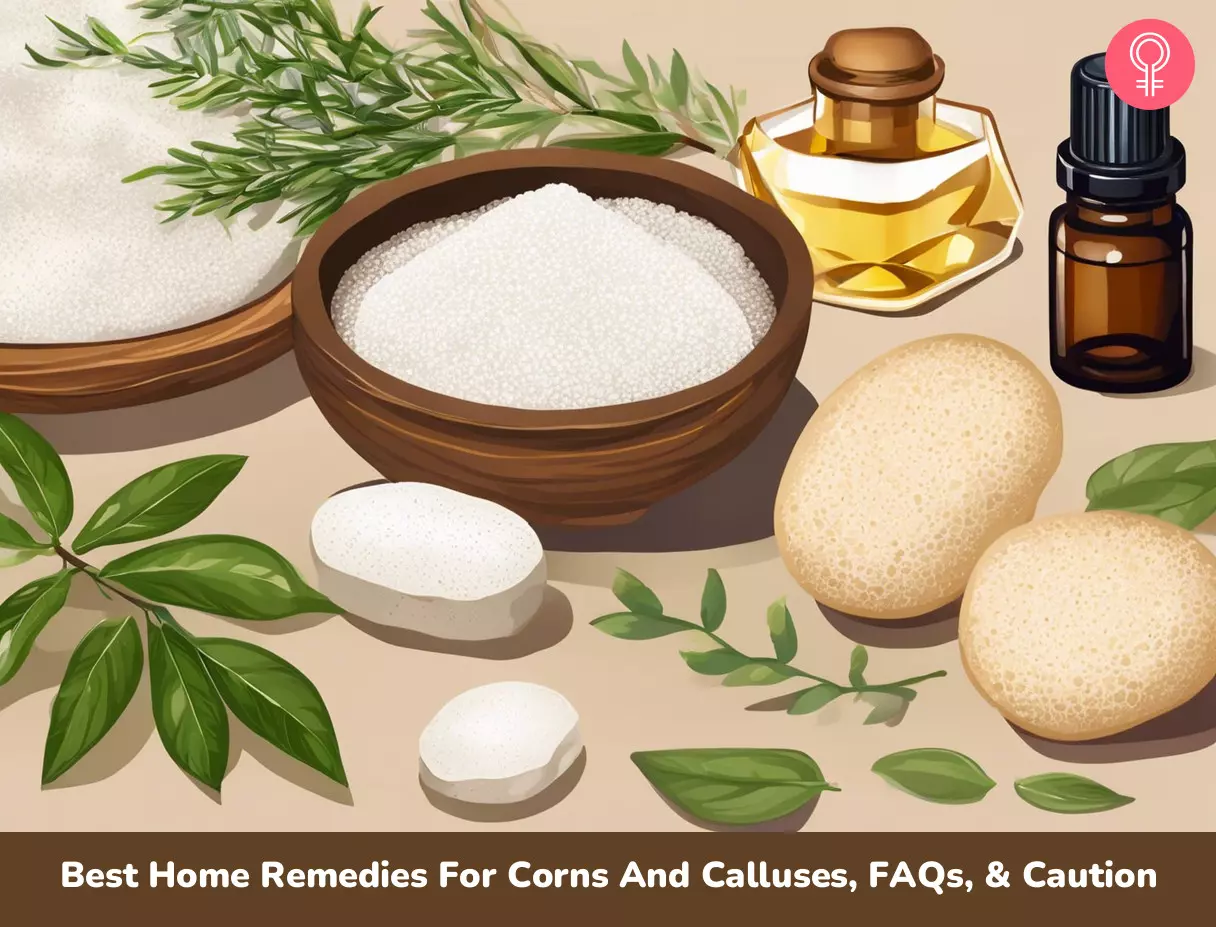
Image: Stable Diffusion/StyleCraze Design Team
Corns and calluses can be painful and unsightly. However, a little care can make a lot of difference. Learn how to prevent and treat them in this informative video!
Personal Experience: Source
StyleCraze's articles are interwoven with authentic personal narratives that provide depth and resonance to our content. Below are the sources of the personal accounts referenced in this article.
i. Blisters and calluseshttps://thekendogirl.blogspot.com/2013/05/
Read full bio of Dr. Hari Hara Sudhan
Read full bio of Kushneet Kukreja
Read full bio of Ramona Sinha
Read full bio of Monomita Chakraborty






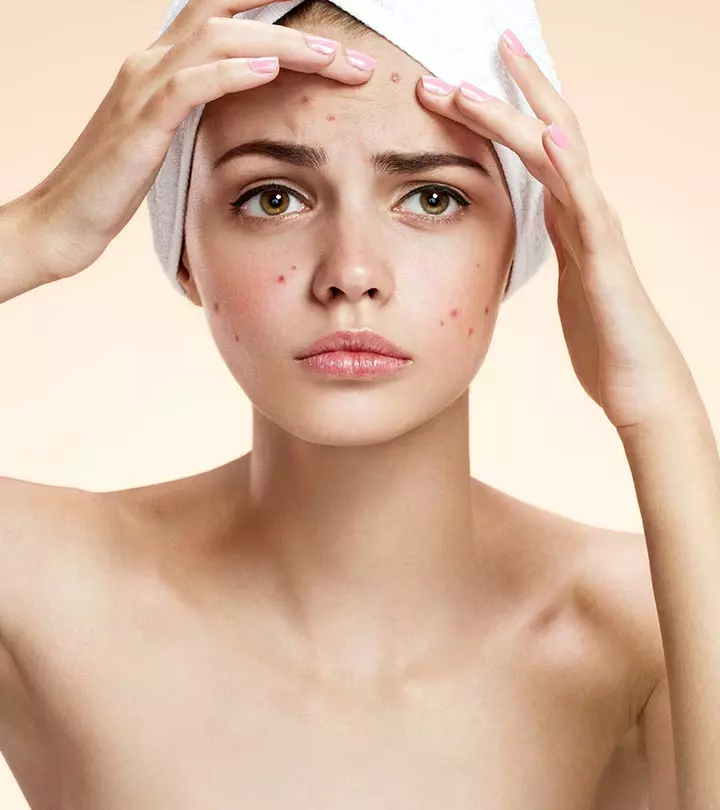
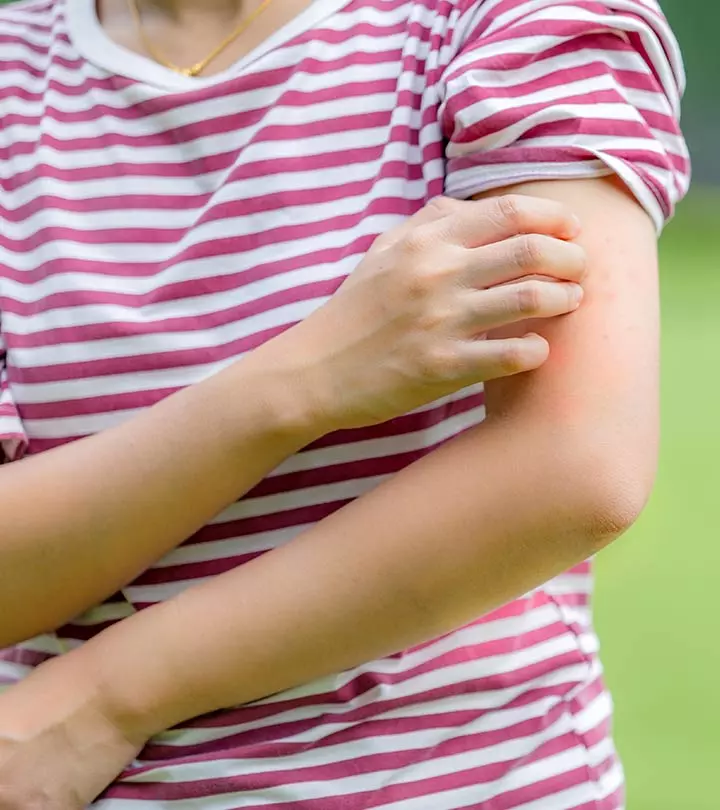
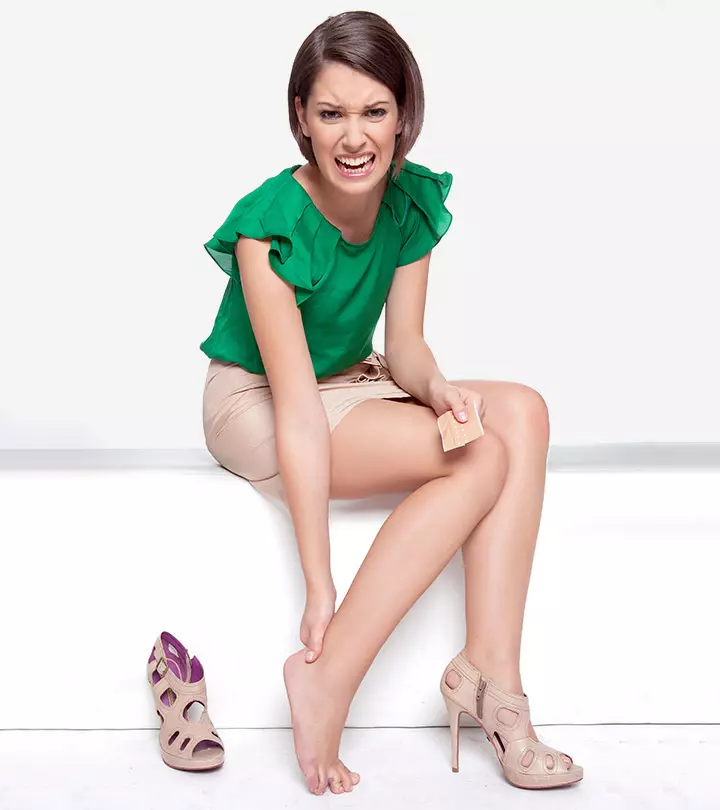
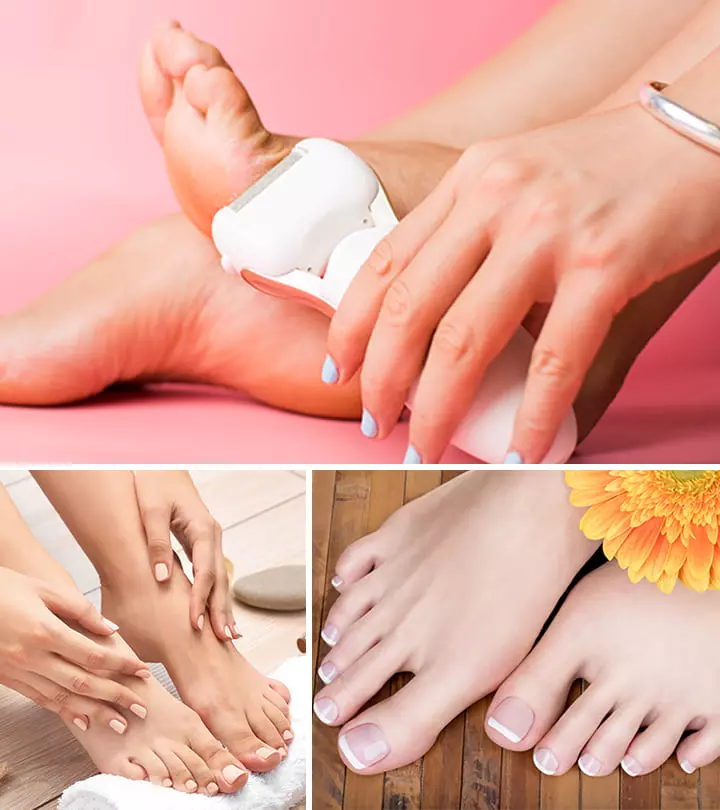
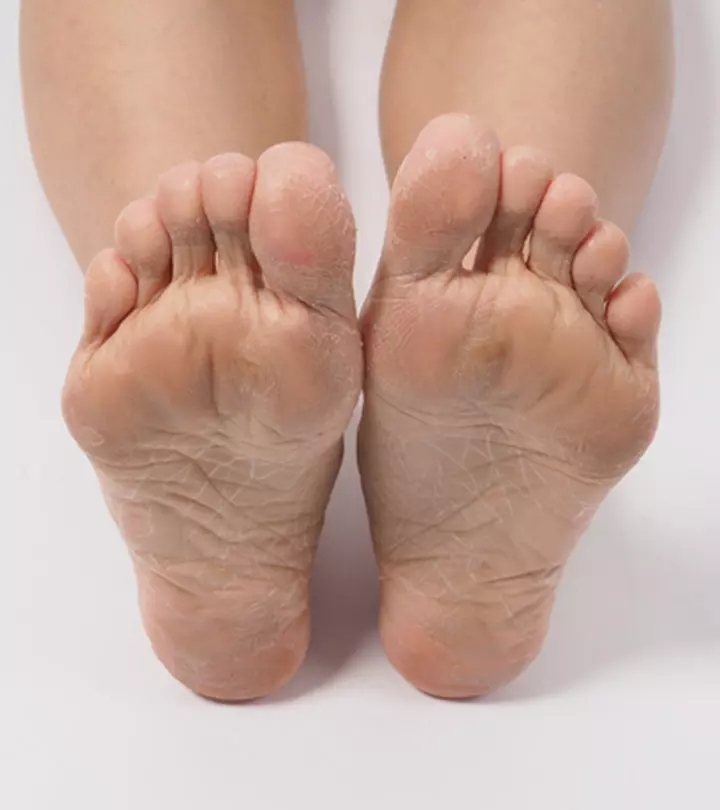
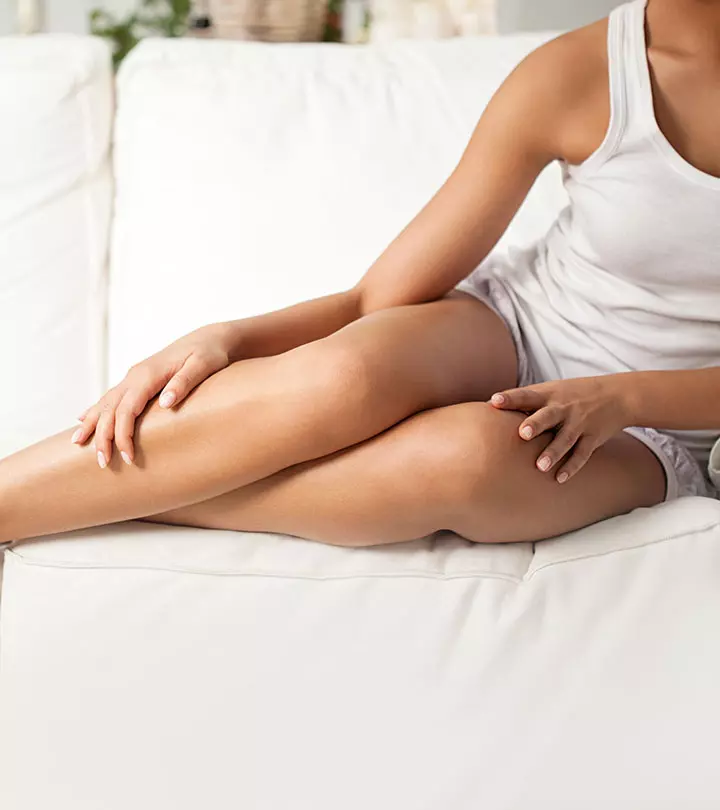
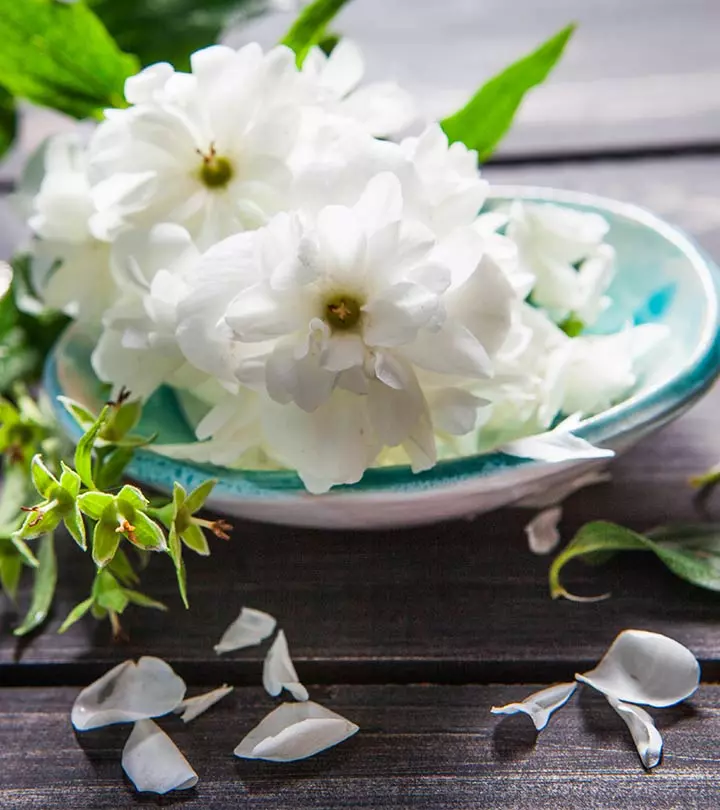
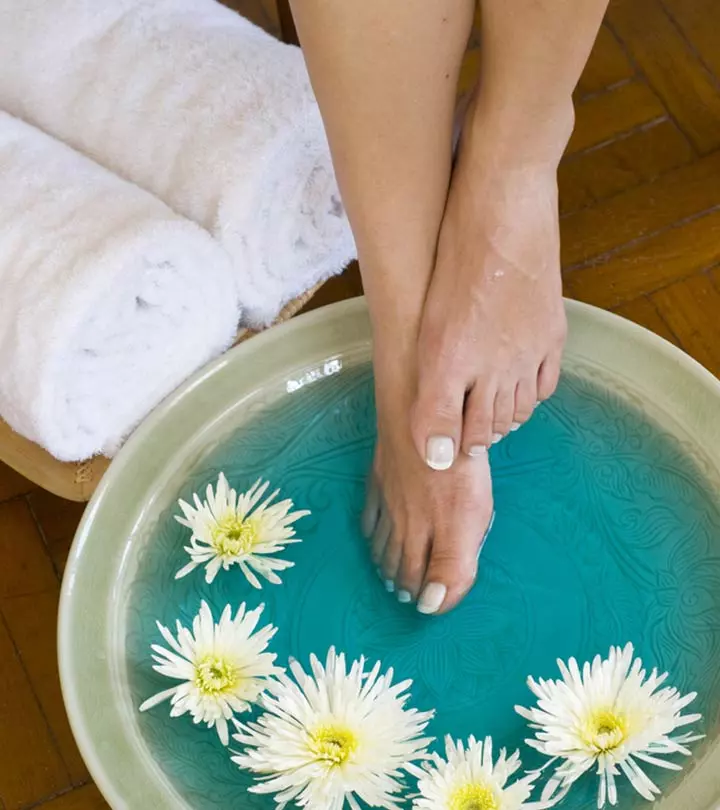


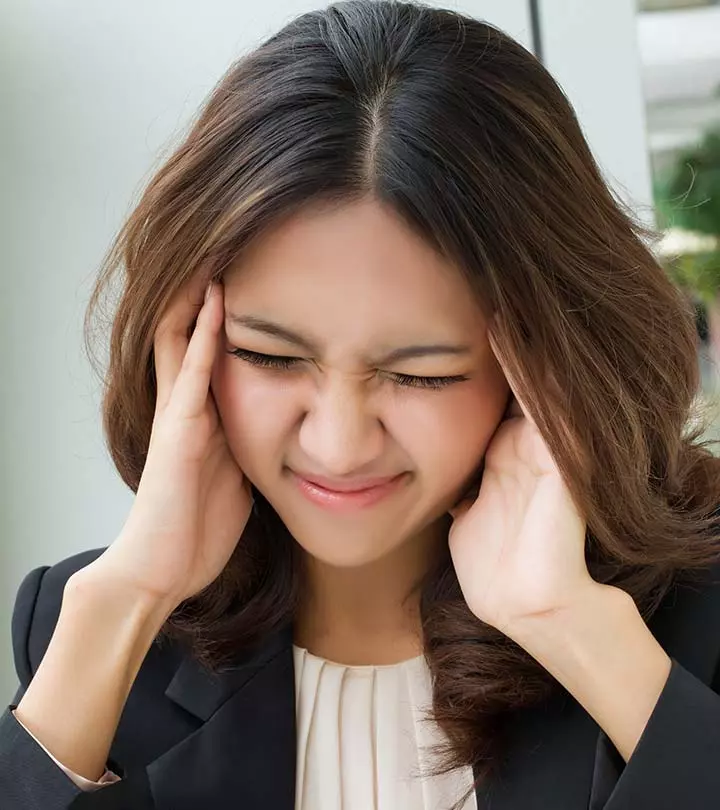



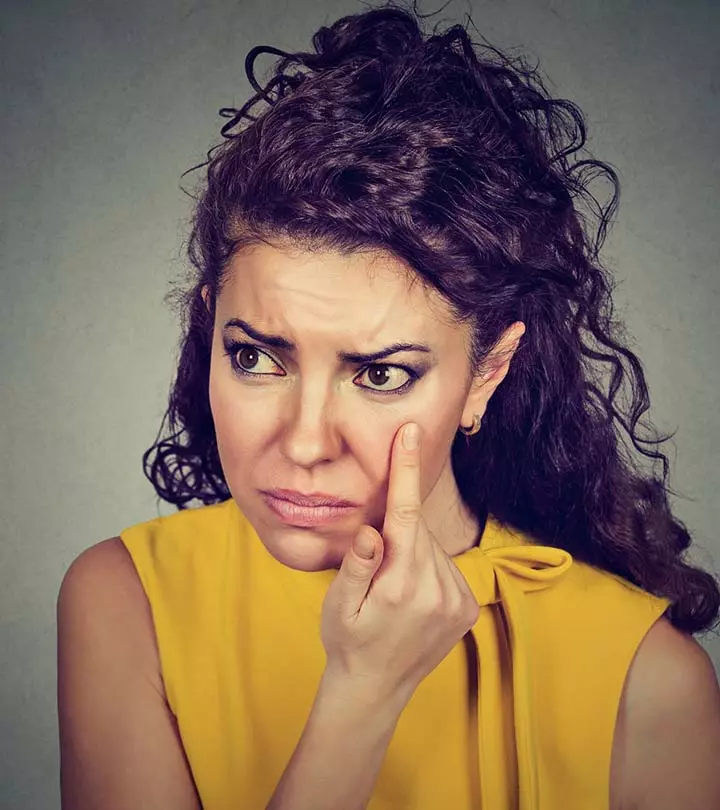

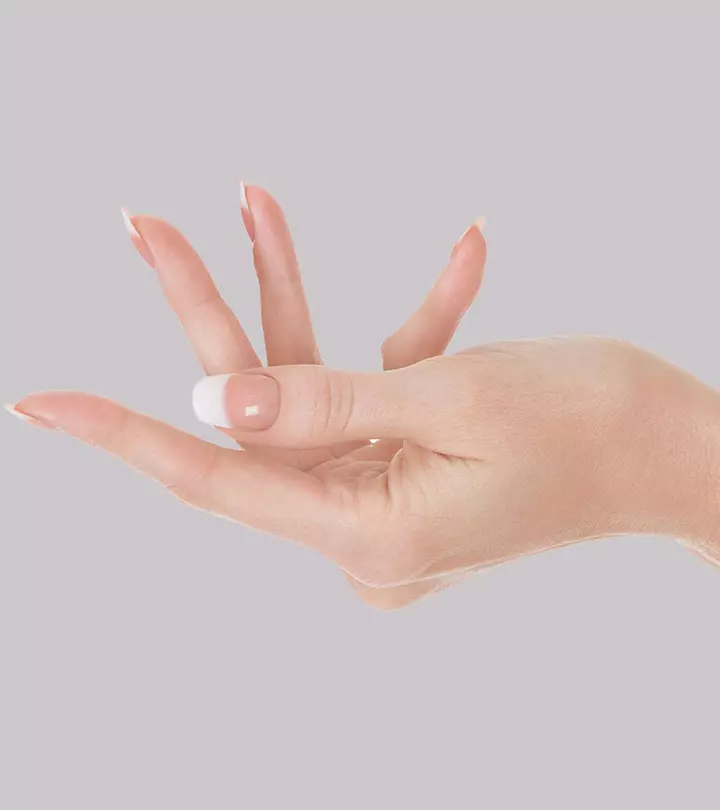
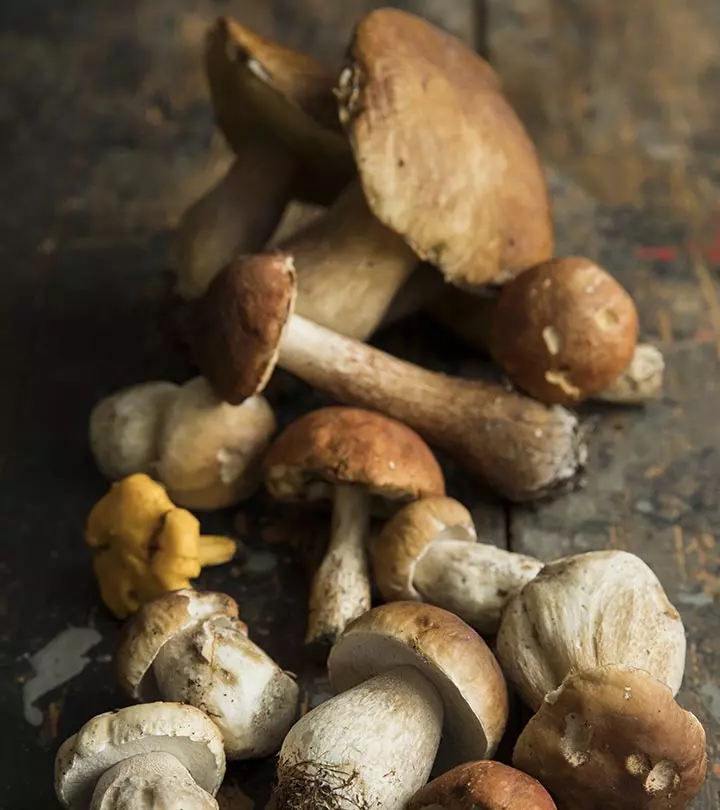
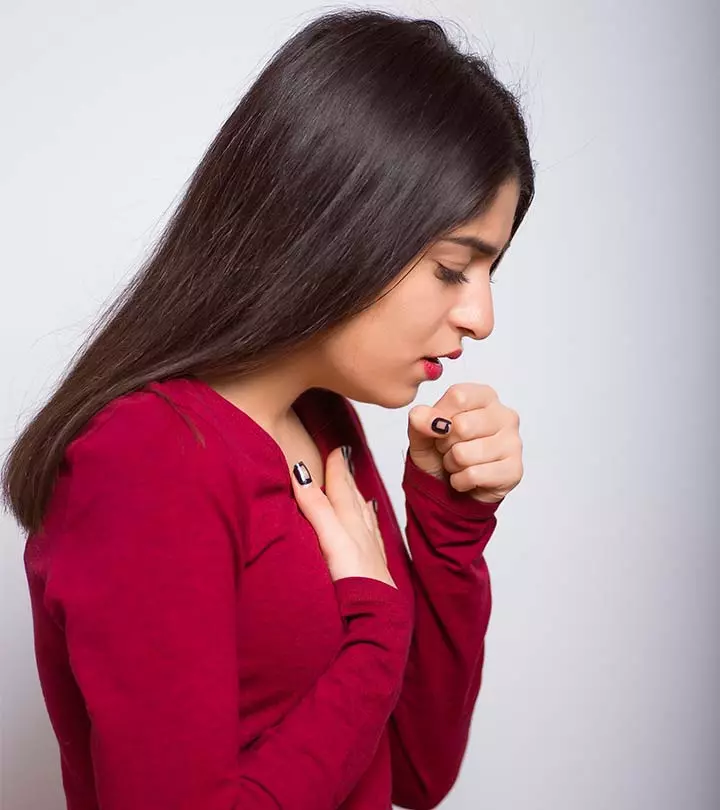

Community Experiences
Join the conversation and become a part of our empowering community! Share your stories, experiences, and insights to connect with other beauty, lifestyle, and health enthusiasts.